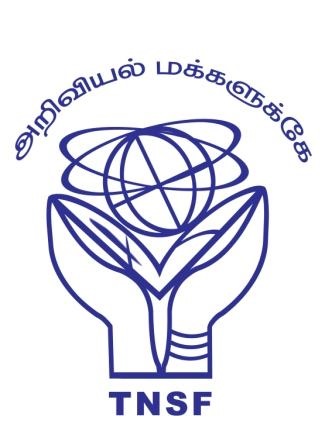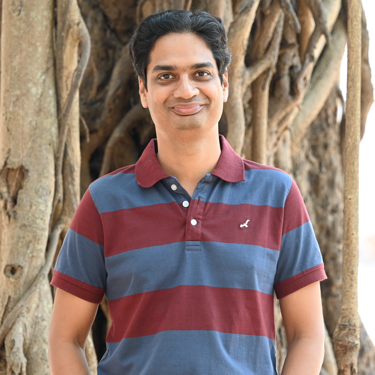About Program

This is part of its efforts to popularize science to the general public and students who are pursuing science as their career. TNSF attempt to focus on students on higher science as everyone knows that learning of science at college within the curriculum is not enough to acquire holistic knowledge of science at the appropriate time. Hence, to fill the gap between what students are acquiring through the curriculum and what it is required, TNSF is planning its activities on higher science to students who are pursuing higher education.

About the Lecture For over a century, quantum mechanics has shaped our understanding of the microscopic world that governs atoms, electrons, and photons. Yet, it long seemed that quantum phenomena would remain confined to this tiny domain, forever hidden from our everyday experience. The 2025 Nobel Prize in Physics shattered that boundary, recognizing experiments that revealed unmistakably quantum behavior in macroscopic electrical circuits built from superconductors. This talk traces the remarkable journey from the birth of quantum theory to the observation of quantum tunnelling in man-made, millimeter-scale systems. We begin with the early quantum revolution – Planck’s quantization, Einstein’s photons, Bohr’s atom, and Schrödinger’s wavefunction – culminating in the concept of quantum tunnelling. We then move to the emergence of collective quantum states, where electrons in superconductors form Cooper pairs that share a single macroscopic wavefunction. At the heart of the story lies the Josephson junction, a thin barrier between two superconductors that allows Cooper pairs to tunnel coherently. This device became the stage on which physicists such as Clarke, Devoret, and Martinis demonstrated macroscopic quantum tunnelling and quantized energy levels in electrical circuits, the achievements honored by this year’s Nobel Prize. Finally, we explore how these phenomena underpin modern quantum technologies – from ultrasensitive sensors to the superconducting qubits that now power many quantum computers. In short, Schrödinger’s cat has finally left its box – not in paradox, but in the form of circuits that think in superposition.
